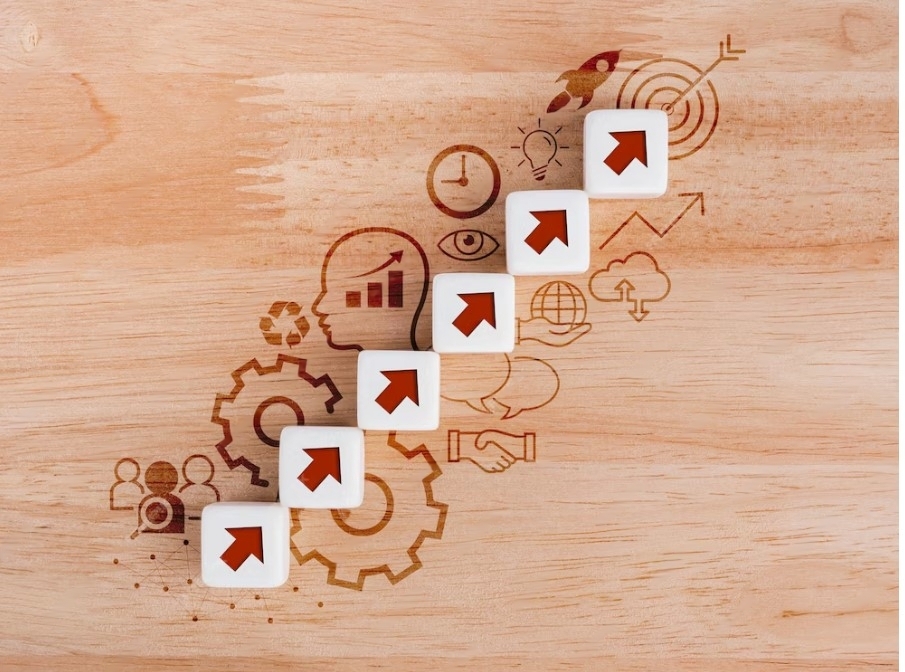Data Migration Strategies by Gsinfotechvis: Embracing the Future
In today's rapidly evolving digital landscape, businesses are constantly faced with the challenge of modernizing their technology infrastructure to stay competitive and meet the needs of their customers. For many organizations, this means migrating away from legacy systems—outdated, inefficient, and often costly platforms that hinder innovation and growth. Legacy system migration is a complex and daunting task, requiring careful planning, execution, and expertise to ensure a smooth transition without disrupting operations or compromising data integrity. At Gsinfotechvis, we understand the importance of legacy system migration in driving business transformation. In this blog post, we'll explore the intricacies of legacy system migration and how Gsinfotechvis data migration strategies can help businesses embrace the future with confidence.
The Challenges of Legacy System Migration:
Legacy systems pose numerous challenges for businesses, including:
Outdated Technology: Legacy systems are often built on outdated technology stacks that lack the capabilities and flexibility required to support modern business needs. This can lead to performance issues, compatibility issues, and security vulnerabilities that pose risks to the business.
High Maintenance Costs: Maintaining and supporting legacy systems can be costly and resource-intensive. From software updates and patches to hardware maintenance and support contracts, the ongoing costs associated with legacy systems can quickly add up and strain the IT budget.
Limited Scalability: Legacy systems are typically designed to support a specific set of functionalities and user loads, making it difficult to scale and adapt to changing business requirements. This can hinder business growth and innovation, limiting the organization's ability to seize new opportunities and stay ahead of the competition.
Data Silos: Legacy systems often create data silos, where data is fragmented and scattered across disparate systems and applications. This makes it challenging for businesses to access and leverage data effectively, leading to inefficiencies and missed opportunities for insights and analysis.
Gsinfotechvis Data Migration Strategies:
At Gsinfotechvis, we understand the complexities of legacy system migration and the importance of a strategic approach to data migration. Our data migration strategies are designed to help businesses overcome the challenges of legacy system migration and unlock the full potential of their data. Here's how we do it:
Comprehensive Assessment: We begin by conducting a comprehensive assessment of the existing legacy system environment to identify the scope, complexity, and risks associated with the migration project. This includes evaluating the current state of the legacy system, assessing data quality and integrity, and identifying dependencies and interdependencies with other systems and applications.
Strategic Planning: Based on the assessment findings, we develop a strategic migration plan that outlines the migration approach, timeline, and resource requirements. Our migration plan takes into account factors such as data volume, complexity, and criticality, as well as business priorities and constraints. We work closely with stakeholders to ensure alignment and buy-in throughout the migration process.
Data Cleansing and Preparation: Before migrating data to the new system, we conduct data cleansing and preparation activities to ensure data quality and integrity. This includes identifying and resolving data inconsistencies, duplicates, and errors, as well as transforming data formats and structures to align with the requirements of the new system.
Incremental Migration: Rather than attempting to migrate all data at once, we adopt an incremental migration approach that allows for phased migration of data based on priority and risk. This minimizes disruption to business operations and reduces the likelihood of data loss or corruption during the migration process. We carefully plan and execute each migration phase, closely monitoring progress and addressing any issues or challenges as they arise.
Validation and Testing: Once data migration is complete, we conduct thorough validation and testing to ensure that data has been migrated accurately and completely. This includes comparing migrated data against source data to verify accuracy, conducting performance and load testing to ensure system scalability and reliability, and validating data integrity and consistency across systems and applications.
Post-Migration Support: After migration is complete, we provide ongoing support and maintenance to help businesses optimize and maximize the value of their new system. This includes addressing any post-migration issues or concerns, providing training and guidance to users, and continuously monitoring and optimizing system performance and stability.





